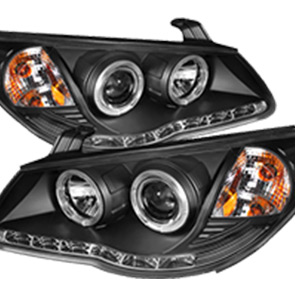throttle and throttle cable
Understanding Throttle and Throttle Cables Key Components of Engine Control
The throttle is a critical component in internal combustion engines, determining how much air-fuel mixture enters the engine's cylinders. This, in turn, directly affects the engine's power output and efficiency. The throttle system includes various parts, but the throttle cable is one of the key elements that facilitate the smooth operation of the throttle. In this article, we will explore the function of the throttle, the importance of the throttle cable, and how they work together to enhance vehicle performance.
The Role of the Throttle
At its core, the throttle regulates the engine's power output by controlling air flow. When the driver presses the accelerator pedal, the throttle valve opens, allowing more air (and fuel) into the engine. The more the throttle opens, the more power is produced, leading to increased speed. Conversely, releasing the pedal closes the throttle, reducing air intake, decreasing power, and slowing down the vehicle.
Throttle control is not just about speed; it also influences fuel efficiency, emissions, and overall vehicle handling. Modern vehicles may feature electronic throttle control (ETC) systems that utilize sensors and actuators to optimize engine performance automatically. However, the traditional mechanical throttle, where a throttle cable connects the accelerator pedal to the throttle body, is still prevalent in many older vehicles and some current models.
The Function of Throttle Cables
Throttle cables serve as the connection between the accelerator pedal and the throttle body. When the driver presses the accelerator, it pulls the throttle cable, which then opens the throttle valve. The throttle cable is typically a flexible steel wire enclosed in a protective casing, allowing it to withstand tension and friction while providing smooth movement.
Throttle cables are essential for providing a direct mechanical link between the driver’s input and the engine's response. The user-friendly action of the accelerator pedal translates to immediate changes in the throttle position, ensuring quick and responsive acceleration. This direct connection creates a more engaging driving experience, as the driver feels in control of the vehicle’s power delivery.
throttle and throttle cable

Types of Throttle Cables
There are generally two types of throttle cables used in vehicles push and pull cables. The push cable is used when the throttle needs to be opened, while the pull cable is used for closing it. In some systems, a single cable may accomplish both tasks through a design that allows it to function in either direction.
Moreover, with advancements in technology, some vehicles have begun to incorporate dual cables for added redundancy and safety. These systems help ensure that the throttle remains functional, even if one cable fails, thus improving reliability.
Maintenance of Throttle Cables
Proper maintenance of throttle cables is crucial for ensuring optimal performance and safety. Common issues such as fraying or corrosion can hinder the cable’s movement, leading to sluggish throttle response or complete failure. Regular inspections can identify signs of wear and tear that might necessitate cable replacement.
Lubricating the cable, if applicable, can also enhance performance, allowing for smoother operation. It's advisable to consult the vehicle's owner manual for specific maintenance guidelines pertaining to the throttle system.
Conclusion
The throttle and throttle cable play a vital role in the functioning of an internal combustion engine, governing power delivery and vehicle performance. Understanding their operation and maintenance can lead to a better driving experience and prolong the life of your vehicle. Whether you're driving an older model with a mechanical system or a newer car with electronic throttle control, appreciation for these components enhances your awareness of automotive engineering and the intricacies of vehicle dynamics. Regular checks and proactive maintenance ensure that your throttle system continues to perform efficiently, providing you with the responsiveness and control that every driver desires.
-
Workings of Clutch Pipe and Hose SystemsNewsJun.04,2025
-
The Inner Workings of Hand Brake Cable SystemsNewsJun.04,2025
-
The Secrets of Throttle and Accelerator CablesNewsJun.04,2025
-
The Hidden Lifeline of Your Transmission Gear Shift CablesNewsJun.04,2025
-
Demystifying Gear Cables and Shift LinkagesNewsJun.04,2025
-
Decoding Clutch Line Systems A Comprehensive GuideNewsJun.04,2025
